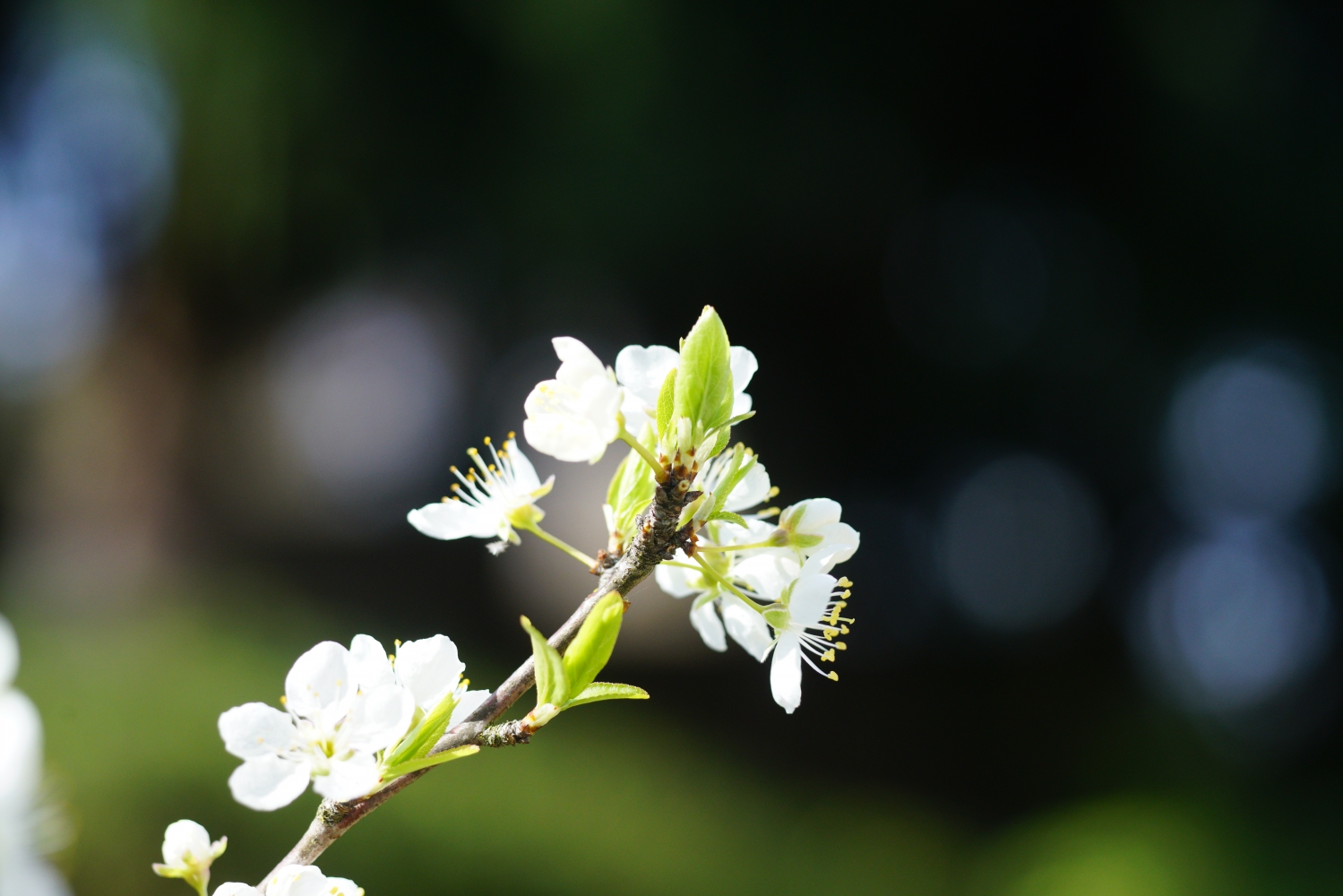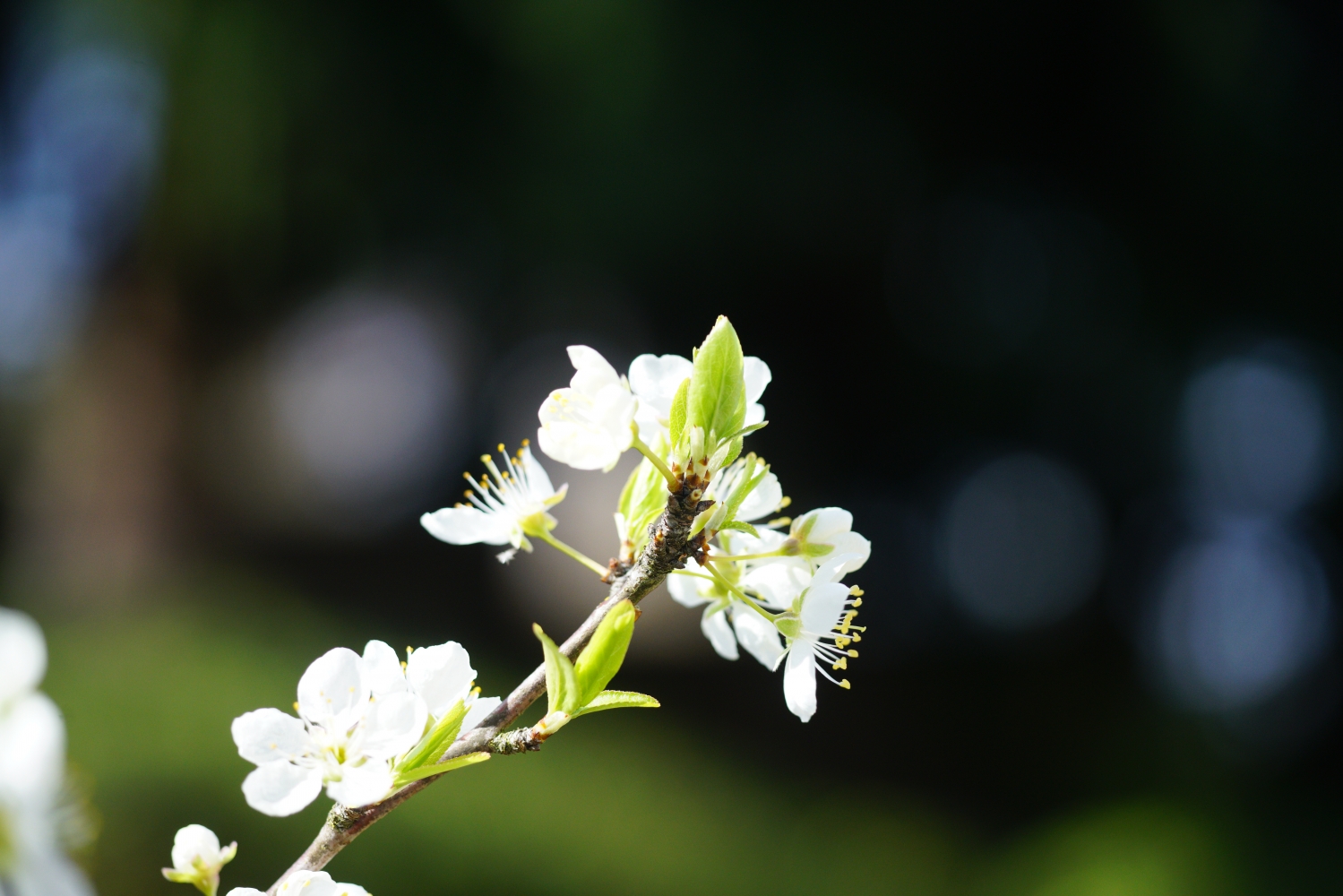| View previous topic :: View next topic |
| Author |
Message |
jamaeolus


Joined: 19 Mar 2014
Posts: 2935
Location: Eugene
Expire: 2015-08-20
|
 Posted: Wed Mar 11, 2020 7:07 pm Post subject: M42 aperture adapter w 90mm schneider barrel lens Posted: Wed Mar 11, 2020 7:07 pm Post subject: M42 aperture adapter w 90mm schneider barrel lens |
 |
|
jamaeolus wrote:
I got this Chinese m42 aperture adapter to give additional flexibility with some of my lenses eg projector, process or barrel lenses. It has no clicks. So just best guess as to next appropriate aperture. These were taken with 90mm apo-componon hm F4. From wide open to completely stopped down, using shutter priority on a tripod, A little bit windy so might show some motion blur towards the end of the series. Anybody know how to derive the f numbers? Sorry they are a bit overexposed. 






_________________
photos are moments frozen in time |
|
| Back to top |
|
 |
kypfer

Joined: 27 Sep 2017
Posts: 520
Location: Jersey C.I.
|
 Posted: Wed Mar 11, 2020 10:46 pm Post subject: Re: M42 aperture adapter w 90mm schneider barrel lens Posted: Wed Mar 11, 2020 10:46 pm Post subject: Re: M42 aperture adapter w 90mm schneider barrel lens |
 |
|
kypfer wrote:
| jamaeolus wrote: |
I got this Chinese m42 aperture adapter to give additional flexibility with some of my lenses eg projector, process or barrel lenses. It has no clicks. So just best guess as to next appropriate aperture. These were taken with 90mm apo-componon hm F4. From wide open to completely stopped down, using shutter priority on a tripod, A little bit windy so might show some motion blur towards the end of the series. Anybody know how to derive the f numbers?
|
Probably easiest using Av rather than Tv. Just check your ttl meter for the shutter speed as you stop down. For example, choose an ISO that'll give you a well-exposed shot at 1/1000 sec wide open, then watch the shutter speed as you close down. 1/500 sec will be f/5.6, 1/250 will be f/8 etc etc  |
|
| Back to top |
|
 |
alex ph

Joined: 16 Mar 2013
Posts: 1577
|
 Posted: Thu Mar 12, 2020 1:38 pm Post subject: Posted: Thu Mar 12, 2020 1:38 pm Post subject: |
 |
|
alex ph wrote:
Great rendering, by the way! Very natural and bright. |
|
| Back to top |
|
 |
jamaeolus


Joined: 19 Mar 2014
Posts: 2935
Location: Eugene
Expire: 2015-08-20
|
 Posted: Thu Mar 12, 2020 6:15 pm Post subject: Posted: Thu Mar 12, 2020 6:15 pm Post subject: |
 |
|
jamaeolus wrote:
hmm I didn't actually look at these after I posted. The ARW files on my galaxy tab s9 looked way better (sharper ) at ever aperture. I will redo the test when I get a chance. I will also take kypfer's advice on settings. I also really must dig through my bins as I have a couple relatively soft WO projection lenses (A Kodak ektar and a Staeble Stellar) that I really want to try.
_________________
photos are moments frozen in time |
|
| Back to top |
|
 |
Oldhand


Joined: 01 Apr 2013
Posts: 6010
Location: Mid North Coast NSW - Australia
|
 Posted: Thu Mar 12, 2020 10:22 pm Post subject: Posted: Thu Mar 12, 2020 10:22 pm Post subject: |
 |
|
Oldhand wrote:
| jamaeolus wrote: |
| hmm I didn't actually look at these after I posted. The ARW files on my galaxy tab s9 looked way better (sharper ) at ever aperture. I will redo the test when I get a chance. I will also take kypfer's advice on settings. I also really must dig through my bins as I have a couple relatively soft WO projection lenses (A Kodak ektar and a Staeble Stellar) that I really want to try. |
It isn't your lens or computer. MFLenses seems to use a compression algorithm when loading images above a certain size. If you click on your image it will open in a big version on a separate page, which is usually noticeably sharper.
Tom |
|
| Back to top |
|
 |
kds315*


Joined: 12 Mar 2008
Posts: 16553
Location: Weinheim, Germany
Expire: 2021-03-09
|
 Posted: Thu Mar 12, 2020 11:48 pm Post subject: Posted: Thu Mar 12, 2020 11:48 pm Post subject: |
 |
|
kds315* wrote:
The highlights look blown??
_________________
Klaus - Admin
"S'il vient a point, me souviendra" [Thomas Bohier (1460-1523)]
http://www.macrolenses.de for macro and special lens info
http://www.pbase.com/kds315/uv_photos for UV Images and lens/filter info
https://www.flickr.com/photos/kds315/albums my albums using various lenses
http://photographyoftheinvisibleworld.blogspot.com/ my UV BLOG
http://www.travelmeetsfood.com/blog Food + Travel BLOG
https://galeriafotografia.com Architecture + Drone photography
Currently most FAV lens(es):
X80QF f3.2/80mm
Hypergon f11/26mm
ELCAN UV f5.6/52mm
Zeiss UV-Planar f4/60mm
Zeiss UV-Planar f2/62mm
Lomo Уфар-12 f2.5/41mm
Lomo Зуфар-2 f4.0/350mm
Lomo ZIKAR-1A f1.2/100mm
Nikon UV Nikkor f4.5/105mm
Zeiss UV-Sonnar f4.3/105mm
CERCO UV-VIS-NIR f1.8/45mm
CERCO UV-VIS-NIR f4.1/94mm
CERCO UV-VIS-NIR f2.8/100mm
Steinheil Quarzobjektiv f1.8/50mm
Pentax Quartz Takumar f3.5/85mm
Carl Zeiss Jena UV-Objektiv f4/60mm
NYE OPTICAL Lyman-Alpha II f1.1/90mm
NYE OPTICAL Lyman-Alpha I f2.8/200mm
COASTAL OPTICS f4/60mm UV-VIS-IR Apo
COASTAL OPTICS f4.5/105mm UV-Micro-Apo
Pentax Ultra-Achromatic Takumar f4.5/85mm
Pentax Ultra-Achromatic Takumar f5.6/300mm
Rodenstock UV-Rodagon f5.6/60mm + 105mm + 150mm
|
|
| Back to top |
|
 |
jamaeolus


Joined: 19 Mar 2014
Posts: 2935
Location: Eugene
Expire: 2015-08-20
|
 Posted: Sat Mar 14, 2020 4:37 pm Post subject: Posted: Sat Mar 14, 2020 4:37 pm Post subject: |
 |
|
jamaeolus wrote:
Blown highlights, motion blur, photos display poor technique. That's what I get for using a part of the camera I rarely ever use. I nearly always use manual exposure and visually correct using the lowest ISO to what looks good to my eyes. I wanted the exposure to be controlled to show just the sharpness and depth of field of the adapter. Embarrassing learning experience.
_________________
photos are moments frozen in time |
|
| Back to top |
|
 |
jamaeolus


Joined: 19 Mar 2014
Posts: 2935
Location: Eugene
Expire: 2015-08-20
|
 Posted: Sun Mar 15, 2020 5:54 pm Post subject: Posted: Sun Mar 15, 2020 5:54 pm Post subject: |
 |
|
jamaeolus wrote:
A second attempt.
Wide open:

About half closed (guessing f

The exposure control was accomplished by adjusting the shutter speed looking at the monitor. So not a perfect match but displays what I was trying to show.
_________________
photos are moments frozen in time |
|
| Back to top |
|
 |
pdccameras


Joined: 23 Aug 2009
Posts: 826
Location: Putnam, CT
Expire: 2014-08-11
|
 Posted: Mon Mar 16, 2020 2:46 am Post subject: Posted: Mon Mar 16, 2020 2:46 am Post subject: |
 |
|
pdccameras wrote:
I really like those last two photos!
You can calculate your f number using this formula: f-stop = focal length / aperture circle diameter .
All the best,
Paul
_________________
Canon 5D Mii, Canon 40D, Canon 350D IR, Sony A7 Mii, Sony Alpha-6000, a ton of lenses: AF & MF and too many cameras to count, all formats: 110 - 4x5. |
|
| Back to top |
|
 |
|
|
|
You cannot post new topics in this forum
You cannot reply to topics in this forum
You cannot edit your posts in this forum
You cannot delete your posts in this forum
You cannot vote in polls in this forum
|
